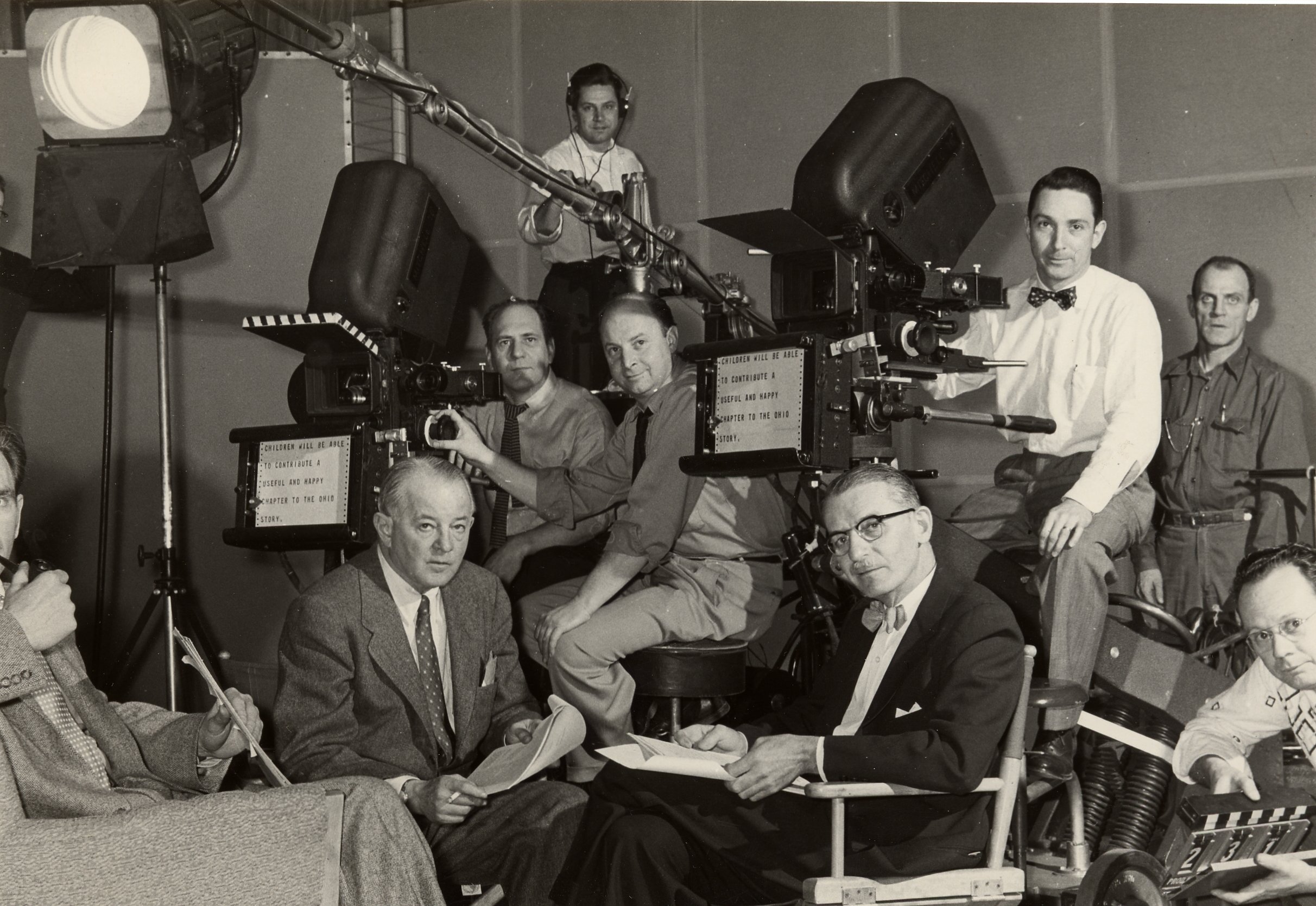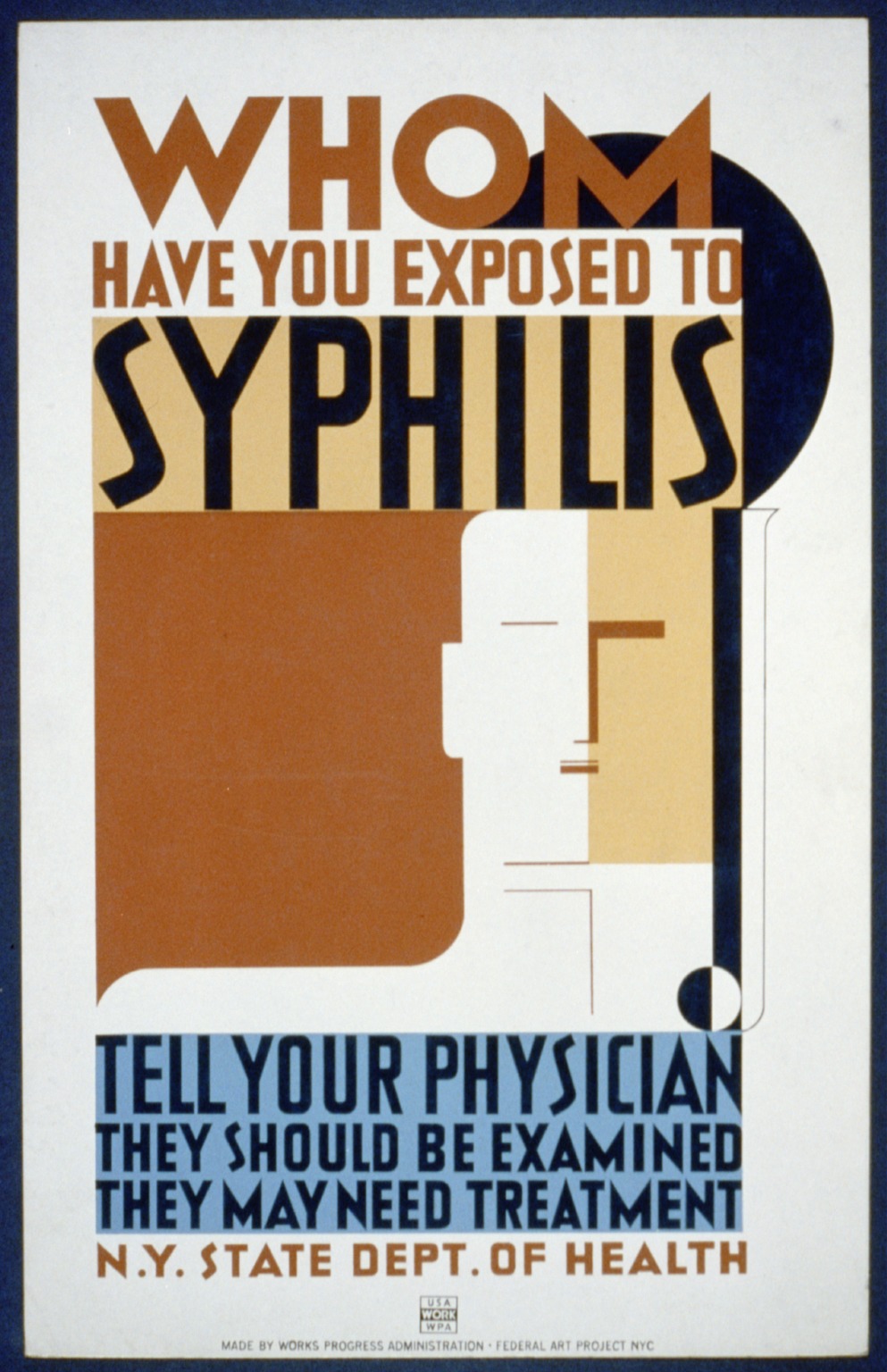|
Jerry Fairbanks
Gerald Bertram Fairbanks (November 1, 1904, San Francisco - June 21, 1995, Santa Barbara, California) was a producer and director in the Hollywood motion picture and television industry. Biography Fairbanks survived the 1906 San Francisco earthquake, and began his career in film as a cameraman on silent movies such as John Barrymore's '' The Sea Beast'' (1926). This was followed by work on early sound productions such as Howard Hughes' film '' Hell's Angels'' (1930) in which he participated both as a biplane pilot and aerial cinematographer for the extensive World War I dogfight scenes. His first foray into producing involved an innovative color series of theatrical short subjects for Universal Studios called ''Strange As It Seems'' (1930–1934). Based on the success of these productions, he was able to sell Paramount Pictures on three new series of short subjects entitled ''Unusual Occupations'', '' Speaking of Animals'', and ''Popular Science''. The latter series was pro ... [...More Info...] [...Related Items...] OR: [Wikipedia] [Google] [Baidu] |
San Francisco
San Francisco, officially the City and County of San Francisco, is a commercial, Financial District, San Francisco, financial, and Culture of San Francisco, cultural center of Northern California. With a population of 827,526 residents as of 2024, San Francisco is the List of California cities by population, fourth-most populous city in the U.S. state of California and the List of United States cities by population, 17th-most populous in the United States. San Francisco has a land area of at the upper end of the San Francisco Peninsula and is the County statistics of the United States, fifth-most densely populated U.S. county. Among U.S. cities proper with over 250,000 residents, San Francisco is ranked first by per capita income and sixth by aggregate income as of 2023. San Francisco anchors the Metropolitan statistical area#United States, 13th-most populous metropolitan statistical area in the U.S., with almost 4.6 million residents in 2023. The larger San Francisco Bay Area ... [...More Info...] [...Related Items...] OR: [Wikipedia] [Google] [Baidu] |
Popular Science (film)
''Popular Science'' (1935–1949) is a series of short films, produced by Jerry Fairbanks and released by Paramount Pictures. The ''Popular Science'' film series is a Hollywood entertainment production – the only attempt by the movie industry to chronicle the progress of science, industry and popular culture during the first half of the 20th century. The series, filmed in Magnacolor, was the first to profile: father of television Philo T. Farnsworth (1939), Frank Lloyd Wright and his architectural school (1942), building Hoover Dam (1935), building the San Francisco–Oakland Bay Bridge (1936), Academy Award-nominated ''Moon Rockets'' (1947), the Electron Microscope (1942), Jet Aircraft (1946), the birth of Plastic Surgery (1937), Telephone Answering Machine (1936), Fuel from Corn Cobs (1949), Rust Heinz and his Phantom Corsair car (1938), world's first full-scale (whole body) X-ray technique (1936), the "Mechanical Brain" Computer at UCLA (1948), Contact Lenses (1936) ... [...More Info...] [...Related Items...] OR: [Wikipedia] [Google] [Baidu] |
Time (magazine)
''Time'' (stylized in all caps as ''TIME'') is an American news magazine based in New York City. It was published Weekly newspaper, weekly for nearly a century. Starting in March 2020, it transitioned to every other week. It was first published in New York City on March 3, 1923, and for many years it was run by its influential co-founder, Henry Luce. A European edition (''Time Europe'', formerly known as ''Time Atlantic'') is published in London and also covers the Middle East, Africa, and, since 2003, Latin America. An Asian edition (''Time Asia'') is based in Hong Kong. The South Pacific edition, which covers Australia, New Zealand, and the Pacific Islands, is based in Sydney. Since 2018, ''Time'' has been owned by Salesforce founder Marc Benioff, who acquired it from Meredith Corporation. Benioff currently publishes the magazine through the company Time USA, LLC. History 20th century ''Time'' has been based in New York City since its first issue published on March 3, 1923 ... [...More Info...] [...Related Items...] OR: [Wikipedia] [Google] [Baidu] |
Los Angeles Times
The ''Los Angeles Times'' is an American Newspaper#Daily, daily newspaper that began publishing in Los Angeles, California, in 1881. Based in the Greater Los Angeles city of El Segundo, California, El Segundo since 2018, it is the List of newspapers in the United States, sixth-largest newspaper in the U.S. and the largest in the Western United States with a print circulation of 118,760. It has 500,000 online subscribers, the fifth-largest among U.S. newspapers. Owned by Patrick Soon-Shiong and published by California Times, the paper has won over 40 Pulitzer Prizes since its founding. In the 19th century, the paper developed a reputation for civic boosterism and opposition to Trade union, labor unions, the latter of which led to the Los Angeles Times bombing, bombing of its headquarters in 1910. The paper's profile grew substantially in the 1960s under publisher Otis Chandler, who adopted a more national focus. As with other regional newspapers in California and the United Sta ... [...More Info...] [...Related Items...] OR: [Wikipedia] [Google] [Baidu] |
Sitcom
A sitcom (short for situation comedy or situational comedy) is a genre of comedy produced for radio and television, that centers on a recurring cast of character (arts), characters as they navigate humorous situations within a consistent setting, such as a home, workplace, or community. Unlike sketch comedy, which features different characters and settings in each Sketch comedy, skit, sitcoms typically maintain plot continuity across episodes. This continuity allows for the development of storylines and characters over time, fostering audience engagement and investment in the characters' lives and relationships. History The structure and concept of a sitcom have roots in earlier forms of comedic theater, such as farces and comedy of manners. These forms relied on running gags to generate humor, but the term ''sitcom'' emerged as radio and TV adapted these principles into a new medium. The word was not commonly used until the 1950s. Early television sitcoms were often filme ... [...More Info...] [...Related Items...] OR: [Wikipedia] [Google] [Baidu] |
Multiple-camera Setup
The multiple-camera setup, multiple-camera mode of production, multi-camera or simply multicam is a method of filmmaking, television production and video production. Several cameras—either film cameras, film or professional video cameras—are employed on the set and simultaneously record or broadcast a scene. It is often contrasted with a single-camera setup, which uses one camera. Description Generally, the two outer cameras shoot close-up shots or "crosses" of the two most active characters on the set at any given time, while the central camera or cameras shoot a wider master shot to capture the overall action and establish the geography of the room. In this way, multiple shots are obtained in a single take without having to start and stop the action. This is more efficient for programs that are to be shown a short time after being shot, as it reduces the time spent in film editing, film or video editing. It is also a virtual necessity for regular, high-output shows like d ... [...More Info...] [...Related Items...] OR: [Wikipedia] [Google] [Baidu] |
DuMont Television Network
The DuMont Television Network (also the DuMont Network, DuMont Television, DuMont/Du Mont, or (incorrectly) Dumont ) was one of America's pioneer commercial television networks, rivaling NBC and CBS for the distinction of being first overall in the United States. It was owned by DuMont Laboratories, Allen B. DuMont Laboratories, a television equipment and television set manufacturer and broadcasting company. DuMont was founded in 1940 and began operation on August 15, 1946. The network was hindered by the cost of broadcasting, a freeze on new television stations in 1948 by the Federal Communications Commission (FCC), and even by the company's partner, Paramount Pictures. Despite its innovations in broadcasting, and launching one of television's biggest stars of the 1950s — Jackie Gleason — the network never reached solid finances. Forced to expand on Ultra high frequency, UHF channels when UHF tuning was not yet standard on television sets, DuMont fought an uphill battle for ... [...More Info...] [...Related Items...] OR: [Wikipedia] [Google] [Baidu] |
NBC Television
The National Broadcasting Company (NBC) is an American commercial broadcast television and radio network serving as the flagship property of the NBC Entertainment division of NBCUniversal, a subsidiary of Comcast. It is one of NBCUniversal's two namesake flagship subsidiaries alongside Universal Studios. It is also one of the oldest stations in the United States. The headquarters of NBC is in New York City at the Comcast Building. NBC also notably has offices at the NBC Tower in Chicago, Illinois. Founded in 1926 by the Radio Corporation of America, NBC is the oldest of the traditional " Big Three" American television networks (with the other two going by the abbreviations of ABC and CBS) and is sometimes referred to as the Peacock Network in reference to its stylized peacock logo, which was introduced in 1956 to promote the company's innovations in early color broadcasting. NBC has twelve owned-and-operated stations and has affiliates in almost every TV market in the ... [...More Info...] [...Related Items...] OR: [Wikipedia] [Google] [Baidu] |
Public Prosecutor (TV Series)
''Public Prosecutor'' is an American television series produced in 1947–1948, which first aired in 1951. It was the first dramatic series to be shot on film instead of being performed and broadcast live television, live. Broadcast history ''Public Prosecutor'' was the first dramatic series to be shot on film (in this case, 16 mm film to save production costs), instead of being performed and broadcast live television, live. John Howard (American actor), John Howard starred in the title role of prosecutor, public prosecutor Stephen Allen, along with Anne Gwynne as his secretary Patricia Kelly and Walter Sande as his assistant Evans. Each story began with the cast members addressing the camera (representing the TV viewers) directly, welcoming them to the office and bringing them up to date on the current case. The supporting casts were familiar from theatrical B movies and serials of the day. The format was patterned after daytime radio dramas, which ran in 15-minute installmen ... [...More Info...] [...Related Items...] OR: [Wikipedia] [Google] [Baidu] |
Television
Television (TV) is a telecommunication medium for transmitting moving images and sound. Additionally, the term can refer to a physical television set rather than the medium of transmission. Television is a mass medium for advertising, entertainment, news, and sports. The medium is capable of more than "radio broadcasting", which refers to an audio signal sent to radio receivers. Television became available in crude experimental forms in the 1920s, but only after several years of further development was the new technology marketed to consumers. After World War II, an improved form of black-and-white television broadcasting became popular in the United Kingdom and the United States, and television sets became commonplace in homes, businesses, and institutions. During the 1950s, television was the primary medium for influencing public opinion.Diggs-Brown, Barbara (2011''Strategic Public Relations: Audience Focused Practice''p. 48 In the mid-1960s, color broadcasting was ... [...More Info...] [...Related Items...] OR: [Wikipedia] [Google] [Baidu] |
Who's Who In Animal Land
The pronoun ''who'', in English, is an interrogative pronoun and a relative pronoun, used primarily to refer to persons. Unmarked, ''who'' is the pronoun's subjective form; its inflected forms are the objective ''whom'' and the possessive ''whose''. The set has derived indefinite forms ''whoever'', ''whomever'', and ''whoseever,'' as well as a further, earlier such set ''whosoever,'' ''whomsoever'', and ''whosesoever'' (see also "-ever"). Etymology The interrogative and relative pronouns ''who'' derive from the Old English singular interrogative , and whose paradigm is set out below: It was not until the end of the 17th century that ''who'' became the only pronoun that could ask about the identity of persons and ''what'' fully lost this ability. "The first occurrences of wh-relatives date from the twelfth century (with the possible exception (see Kivimaa 1966: 35)). The wh- form does not become frequent, however, until the fourteenth century." Today, relative ''whose'' ca ... [...More Info...] [...Related Items...] OR: [Wikipedia] [Google] [Baidu] |







